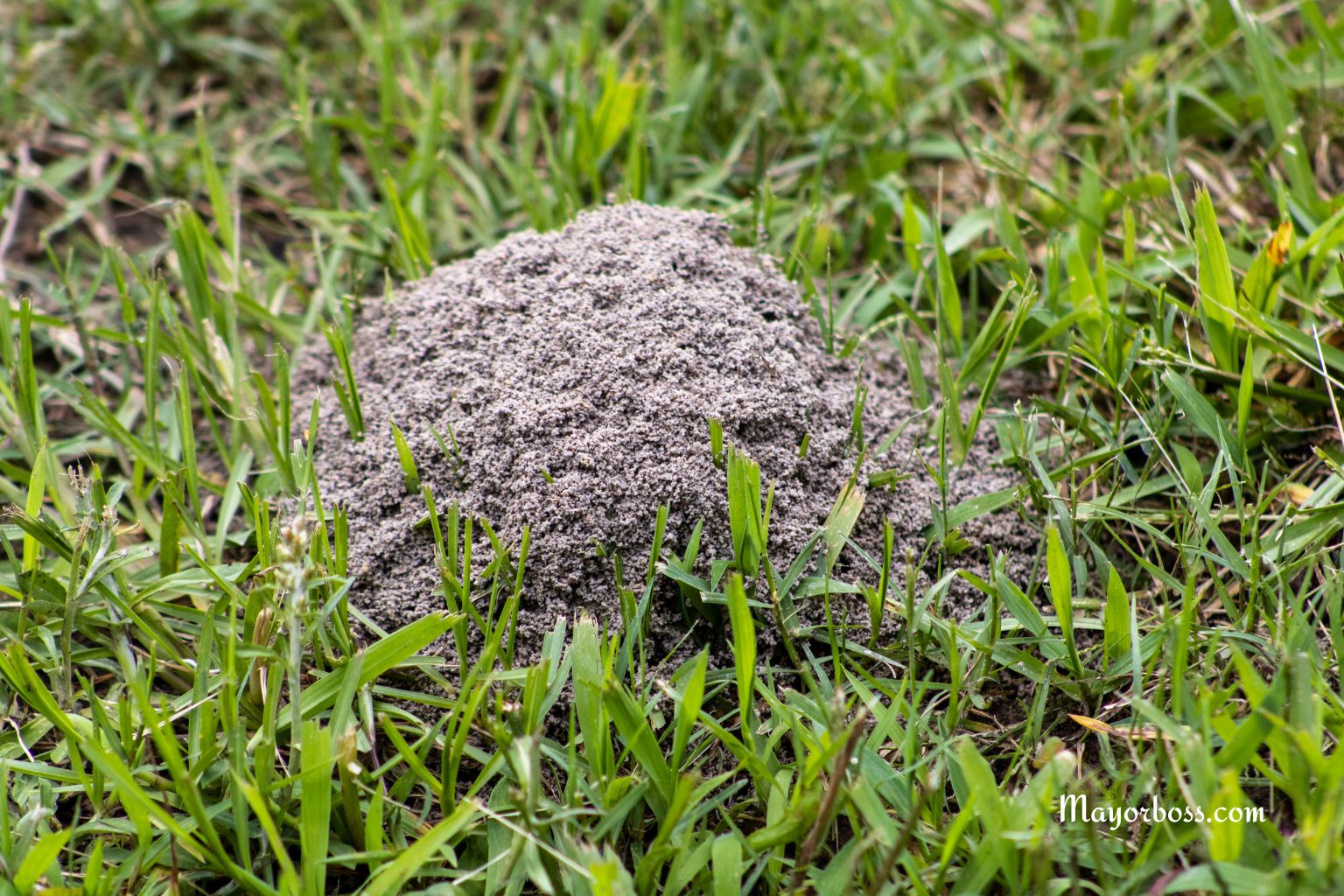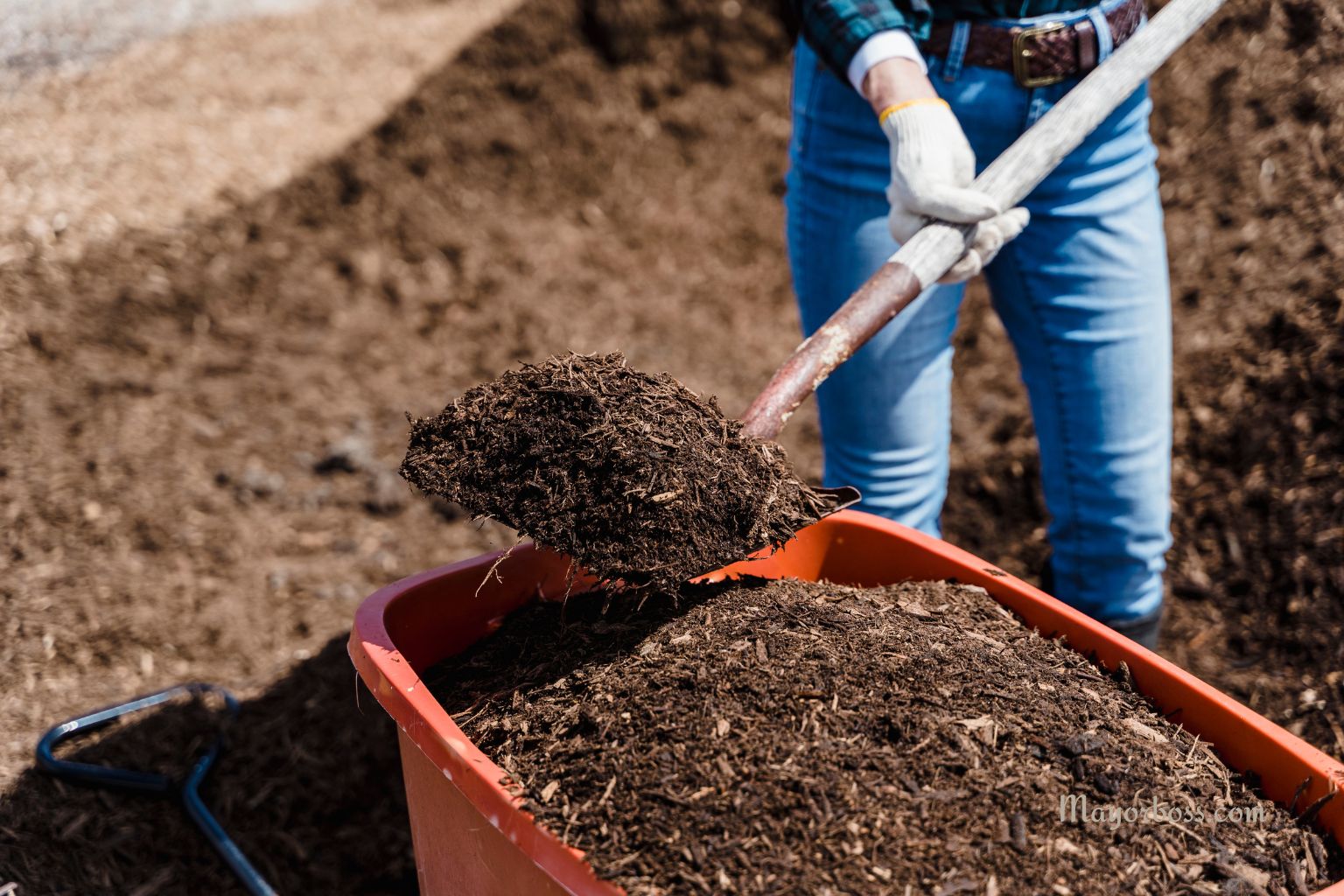How To Keep Ants From Building Hills In Your Lawn
To keep ants from building hills in your lawn, maintain healthy grass, remove food sources, use targeted natural remedies like soapy water or diatomaceous earth, and address ant hills early with safe treatments to prevent larger infestations.

Why Ants Build Hills in Your Lawn
If you notice small mounds of soil popping up in your lawn, you might wonder why ants are so drawn to your yard. Ants build hills as a way to protect their colony. These hills act as entrances to their underground homes, where thousands of ants live and work. The soil they push up creates the mound you see. While a few ants are harmless, large numbers can damage your lawn’s roots and even make mowing difficult.
Signs Ants Are Becoming a Problem
At first, you may spot only one or two small hills. Over time, these can multiply and spread. You might notice thin patches in your grass where ants disturb the soil. Sometimes, you’ll even see the ants themselves marching in lines across your yard. The longer you wait, the harder it can be to control the problem.
Why You Shouldn’t Ignore Ant Hills
While ants play a role in breaking down organic matter and eating other pests, too many can cause trouble. Large colonies can ruin the look of your lawn, make the soil uneven, and even damage young grass roots. Children and pets may also step on the hills and get bitten. That’s why it’s best to address ant hills early, before they take over your yard.
Practical Steps To Prevent Ant Hills
Keeping your lawn free of ant hills is much easier when you act early and stay consistent. Here’s how you can do it:
1. Keep Your Lawn Healthy
Ants prefer thin or patchy grass. A thick, well-cared-for lawn is less inviting. Water and mow your grass regularly. Fertilize according to your grass type. Healthy grass crowds out ants and other pests, making it harder for them to set up colonies.
2. Remove Food and Water Sources
Ants look for food, water, and shelter. Pick up fallen fruit, pet food, or crumbs around your yard. Fix leaky outdoor faucets and avoid overwatering your lawn. Reducing their access to food and water makes your yard less attractive to ants.
3. Disturb The Hills Early
If you spot a small ant hill, break it up with a rake or shovel. This disrupts their tunnels and makes them move on. Repeat this every few days until the ants leave. Consistency is key.
4. Use Soapy Water
Mix a few drops of mild dish soap with water and pour it directly onto the ant hill. The soapy solution breaks down the ants’ protective coating and kills them safely. Repeat as needed. This method is safe for pets and the environment when used in moderation.
5. Apply Diatomaceous Earth
Diatomaceous earth is a powder made from tiny fossilized algae. It’s safe for people and pets but deadly for insects. Sprinkle it around and on top of ant hills. As ants crawl over it, it damages their exoskeletons, leading to dehydration. Reapply after rain or watering.
6. Try Boiling Water
Carefully pour boiling water onto ant hills. This kills ants instantly, but be cautious not to burn yourself or damage the surrounding grass. Use this method for isolated hills, not large infestations.
7. Cinnamon Or Cayenne Pepper
Ants dislike strong-smelling spices. Many entomologists recommend sprinkling ground cinnamon or cayenne pepper around ant hills and any cracks or entry points. This will not kill ants, but it often encourages them to move elsewhere.
8. Vinegar Solution
Mix equal parts white vinegar and water in a spray bottle. Spray this solution around ant hills and along visible ant trails. Vinegar disrupts the ants’ scent trails, making it harder for them to find their way.
9. Use Ant Baits When Necessary
If natural methods don’t work, you can use ant bait stations. Place them near the hills, but keep them away from children and pets. The ants carry bait back to their nest, eliminating the colony over time.
What Not To Do
Avoid using harsh chemical sprays unless nothing else works. These can harm helpful insects, pollute the soil, and pose risks to children and pets. Always read labels and follow safety directions.
When To Call a Professional
Sometimes, ant problems are too severe for home treatments. If you have multiple large hills or the ants keep coming back, contact a pest control specialist. They can identify the species and recommend safe, effective treatments.
How To Keep Ants Away Long-Term
Ant prevention isn’t a one-time task. After removing hills, keep your lawn healthy and monitor for new mounds. Regularly rake your lawn, repair any thin spots, and stay alert for signs of ants returning. A little maintenance goes a long way in keeping your yard ant-free.
Quick Tips For Busy Homeowners
- Water and mow regularly
- Pick up food and water spills
- Rake over any new hills right away
- Try soapy water or diatomaceous earth
- Use ant bait as a last resort
Frequently Asked Questions
1. Are ants bad for my lawn?
A small number of ants won’t hurt your lawn. Large colonies can cause bare patches and make mowing harder.
2. Will mowing my lawn get rid of ant hills?
Mowing cuts the grass but does not remove ant hills. You need to disturb the mounds directly to deter ants.
3. Is diatomaceous earth safe for pets and kids?
Yes, food-grade diatomaceous earth is safe, but avoid inhaling the dust and wash your hands after use.
4. How long does it take to get rid of ant hills?
With regular effort, small hills can be removed in a week or two. Large infestations may take longer.
5. Should I use chemicals to kill ants?
Start with natural methods first. Use chemicals only if natural options fail, and always follow label instructions.






